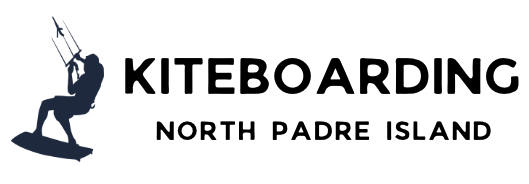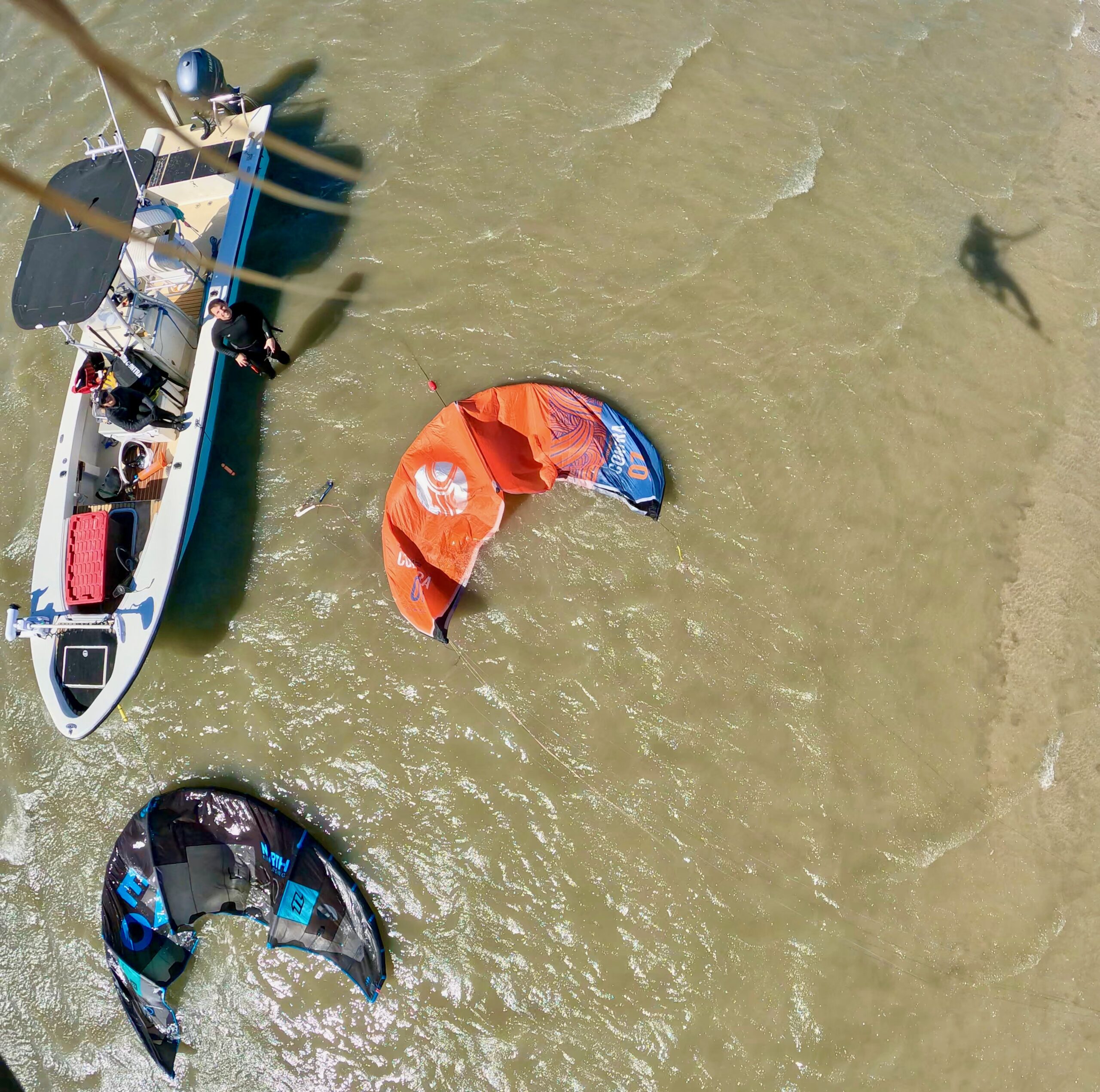Welcome to the world of kitesurfing, where the thrill of harnessing the wind meets the joy of surfing across the water’s surface. As a beginner, stepping into this exhilarating sport may seem daunting, but with the right guidance and gear, you’ll soon be riding the waves like a pro. In this blog post, we’ll navigate through essential tips, safety measures, gear recommendations, and idyllic locations to ensure your kitesurfing journey starts on the right foot.
Getting Started with Kitesurfing
When embarking on your kitesurfing adventure, the first step is learning to control the kite. A good hand position is crucial, and remember not to pull the bar too much as it affects the kite’s power (Kite Control Portugal). Starting with a trainer kite and progressing to instructional videos can build a solid foundation (Ultimate France). It’s also beneficial to understand the basic rules of priority in kitesurfing to avoid collisions (North Kiteboarding).
Choosing the Right Gear
Selecting gear that is forgiving and easy to manage is pivotal for beginners. Wave kites are often recommended due to their good depower and fast relaunch capabilities, making them forgiving for new learners (Kitemana). The Cabrinha Switchblade is a top recommendation for beginners, offering a balance between performance and ease of use (Kitesurfist).
Safety First
Kitesurfing can be dangerous without proper safety measures. Always use a kite leash, know your safety systems, and never fly over non-participants. Avoid using a board leash, and do not jump over obstacles (Surfer Today). Always kite with another person, and never go further than you can safely swim back (RNLI). Additionally, wearing a helmet and impact vest while checking wind and weather conditions can significantly reduce risks (North Kiteboarding).
Best Locations for Learning
Some of the world’s best locations for kitesurfing beginners include Corpus Christi, Tarifa, Spain, and Kalpitiya, Sri Lanka, offering a blend of ideal wind conditions and beautiful scenery (BookSurfCamps). Flat, shallow waters like those in Sicily provide a safe environment for learning and are just a few hours away (The Kite Mag).
Taking Lessons
While some self-taught pioneers of kitesurfing exist, lessons are highly recommended to ensure a safe and structured learning experience. Most beginners require around 10-12 hours or a course of three lessons to start riding (Red Bull). Lessons will introduce you to equipment setup, launching, and important safety procedures, helping you progress faster and with confidence (North Kiteboarding).
Embarking on your kitesurfing journey doesn’t have to be overwhelming. By following these tips, selecting the appropriate gear, adhering to safety measures, and practicing in beginner-friendly locations, you’ll be well on your way to enjoying the exhilarating sport of kitesurfing. Remember, the key to success in kitesurfing lies in patience, practice, and a respect for the forces of nature. So harness the wind, and let your kitesurfing adventure begin!


